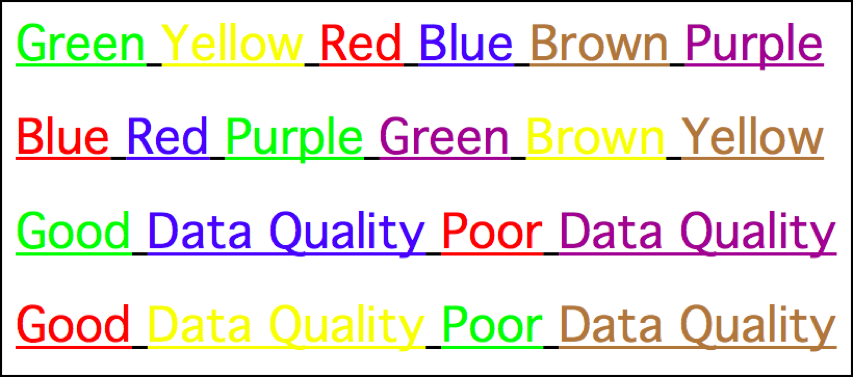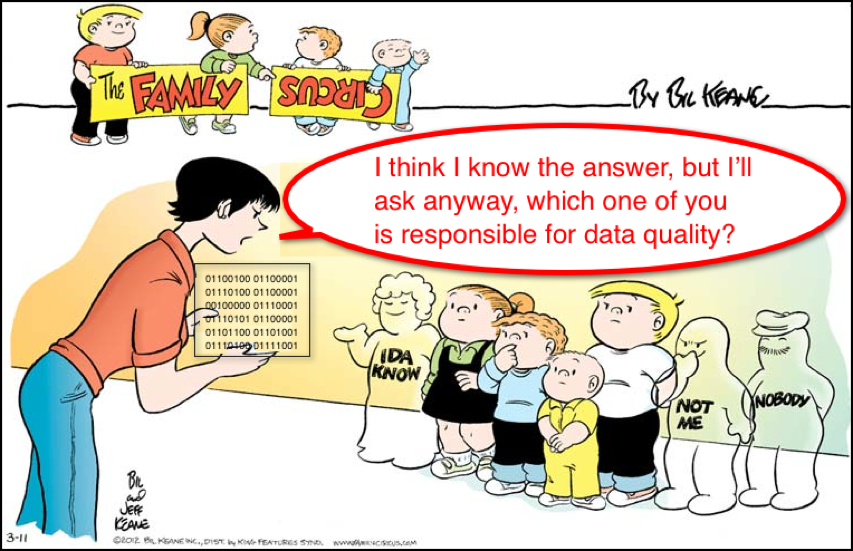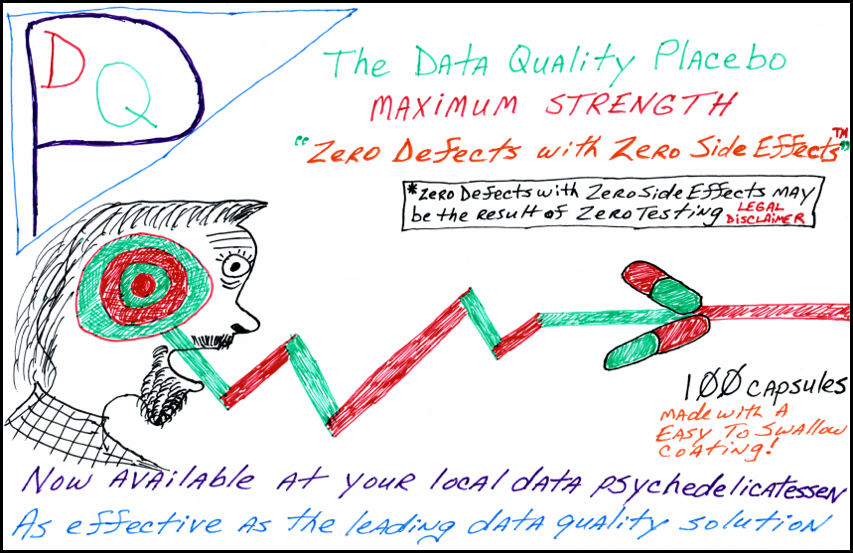Big Data Lessons from Orbitz
/One of the week’s interesting technology stories was On Orbitz, Mac Users Steered to Pricier Hotels, an article by Dana Mattioli in The Wall Street Journal, about how online travel company Orbitz used data mining to discover significant spending differences between their Mac and PC customers (who were identified by the operating system of the computer used to book reservations).
Orbitz discovered that Mac users are 40% more likely to book a four- or five-star hotel, and tend to stay in more expensive rooms, spending on average $20 to $30 more a night on hotels. Based on this discovery, Orbitz has been experimenting with showing different hotel offers to Mac and PC visitors, ranking the more expensive hotels on the first page of search results for Mac users.
This Orbitz story is interesting because I think it provides two important lessons about big data for businesses of all sizes.
The first lesson is, as Mattioli reported, “the sort of targeting undertaken by Orbitz is likely to become more commonplace as online retailers scramble to identify new ways in which people’s browsing data can be used to boost online sales. Orbitz lost $37 million in 2011 and its stock has fallen by more than 74% since its 2007 IPO. The effort underscores how retailers are becoming bigger users of so-called predictive analytics, crunching reams of data to guess the future shopping habits of customers. The goal is to tailor offerings to people believed to have the highest lifetime value to the retailer.”
The second lesson is a good example of how word of mouth has become word of data. Shortly after the article was published, Orbitz became a trending topic on Twitter — but not in a way that the company would have hoped. A lot of negative sentiment was expressed by Mac users claiming that they would no longer use Orbitz since they charged Mac users more than PC users.
However, this commonly expressed misunderstanding was clarified by an Orbitz spokesperson in the article, who explained that Orbitz is not charging Mac users more money for the same hotels, but instead they are simply setting the default search rank to show Mac users the more expensive hotels first. Mac users can always re-sort the results ascending by price in order to see the same less expensive hotels that would be displayed in the default search rank used for PC users. Orbitz is attempting to offer a customized (albeit a generalized, not personalized) user experience, but some users see it as gaming the system against them.
This Orbitz story provides two lessons about the brave new business world brought to us by big data and data science, where more companies are using predictive analytics to discover business insights, and more customers are empowering themselves with data.
Business has always resembled a battlefield. But nowadays, data is the weapon of choice for companies and customers alike, since, in our increasing data-constructed world, big data is no longer just for big companies, and everyone is a data geek now.

This post was written as part of the IBM for Midsize Business program, which provides midsize businesses with the tools, expertise and solutions they need to become engines of a smarter planet.








